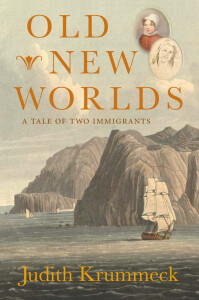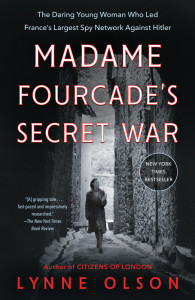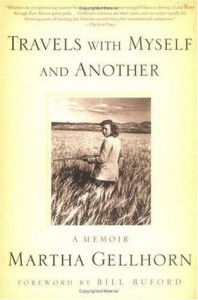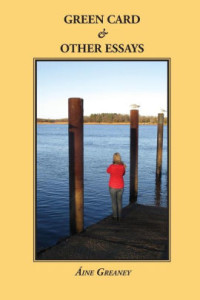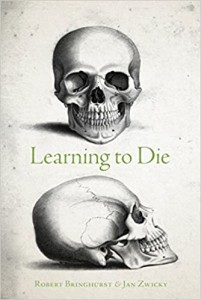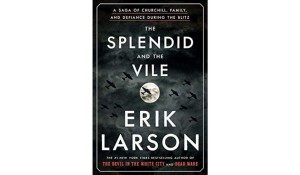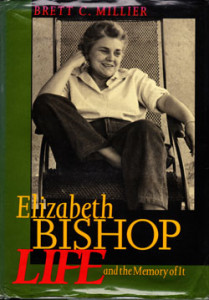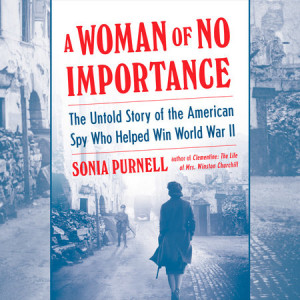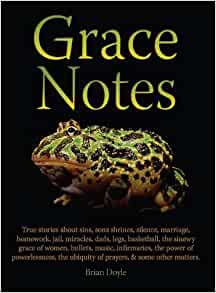Best Books I read in 2020
As a writer, I learn something from every book I read. In no particular order, these are the ten best books I read in 2020. In general, this year I gravitated toward books that either comforted me or gave me courage. Please check the links to the blog archive for a fuller discussion of each book.
1. Horizon, by Barry Lopez
In this profound and generous book, Lopez looks back over some of the travels that have shaped his understanding and philosophy. We go from Oregon to Antarctica, from Nunavut to Tasmania, from Eastern Equatorial Africa to Xi’an in China. The horizon he explores is physically and metaphorically the line where our known world gives way to air, to the space we still know almost nothing about. That liminal space is where exciting things can happen. The quest for knowledge and understanding—along with compassion—are what I value most in human beings.
2. Visitation, by Jenny Erpenbeck
The main character of Erpenbeck’s novel is a plot of land by a lake in Brandenburg, and the homes built there, especially a fabulously detailed home built by an architect in the 1930s. The succession of people who live in this house and next door mirror the changes in East Germany during the ensuing decades. Though short, this novel is surprisingly intense. It made me think about what inheritances are passed on and what are lost, about the so-brief time that we inhabit this world that is our home, and how the earth itself, though changed, persists. Our cares and worries, even in this terrible time, will pass.
3. Drive Your Plow over the Bones of the Dead, by Olga Tokarczuk
This unusual and fascinating novel explores the border between poetry and prose, story and fairy tale. The quirky voice of the narrator is firmly established with the first sentence and sustained throughout the book. Living alone in an isolated community in western Poland, Janina is an older woman who manages her vocation of astrology, the translations of William Blake’s poetry that she and a friend are doing, and the griefs that accumulate over the years. The story sometimes feels like a fable, sometimes a prose poem, sometimes a wrenching view of age and isolation, sometimes a paean to friendship.
4. A Woman of No Importance, by Sonia Purnell
Subtitled The Untold Story of the American Spy Who Helped Win World War II, this is a fascinating read. If you thought, as I initially did, that the subtitle is a bit hyperbolic, rest assured that it is not. Born in 1906 to a wealthy and prestigious family, Virginia Hall grew up in Baltimore but preferred adventure to marriage. During WWII, she became one of the first British spies—and the first female—in France where she organised Resistance units and provided critical intelligence to the Allies.
5. Abigail, by Magda Szabó
Originally published in 1970, it is the story of 15-year-old Gina who in 1943 is exiled from Budapest by her beloved father, sent to boarding school near Hungary’s eastern border. Headstrong, a little spoiled, Gina rebels, finding creative ways to break the rules at the strict academy. While having many characteristics of a traditional coming-of-age story, and echoes of books like Jane Eyre, Gina’s story is unusually perceptive and complex.
6. Blackberries, Blackberries, by Crystal Wilkinson
These stories feature Black women in rural Kentucky, young and old, each with her individual take on the world, her own idea of herself. In every story, Wilkinson demonstrates the writer’s mantra that the personal is universal. These may be Black women in Appalachia, but I saw myself in each of them. Reading their stories has been a gift, and I look forward to reading more of her work.
7. Gellhorn, by Caroline Moorehead
Moorehead’s biography brings the brilliant war correspondent to life, enhanced by the hundreds of letters Gellhorn wrote during her life, openly detailing personal and professional undertakings as well as her own thoughts and feelings. The biography is subtitled A Twentieth-Century Life. Indeed, although she was always out ahead of others, few things could be more emblematic of that turbulent century than the life of this remarkable woman who challenged customary women’s roles, stuck to her own moral code, and worked relentlessly at her chosen métier.
8. The Water Dancer, by Ta-Nehisi Coates
This first novel from Coates is the story of Hiram Walker, a young slave in Virginia whose been assigned to be the personal servant for his half-brother: the white, legitimate son of the plantation owner. The writing, as you would expect from Coates, is gorgeous. I loved the first part of the book, but after that, the story seemed to bog down. Still, this coming-of-age story of a man’s journey to freedom is one of the best books I’ve read recently. I loved the unusual and nuanced way the story embodies the themes of family and memory.
9. Grace Notes, by Brian Doyle
These days I’m turning to books not so much for escape as for courage and comfort, and welcome anything that might help replenish my stores of both. For me, that often means returning to one of my favorite authors. In addition to writing unforgettable stories and essays, Brian Doyle, who died much too young in 2017, was a teacher, magazine editor, husband, father. In this collection of short essays, while not shying away from the darkness, Doyle reminds us of what is good in the world.
10. Anything Is Possible, by Elizabeth Strout
A book by Strout is a balm just now, when we are so traumatised by grief and fear and anger. Yes, she takes us into the terrible crimes human beings, even those in quiet Midwestern towns, visit upon one another, yet she also shows us the complicated people that we are. Without dwelling on the ugliness, Strout evokes in us the emotions of these characters, their trials, their loneliness, and sometimes their quiet redemption.
What were the best books you read last year?
